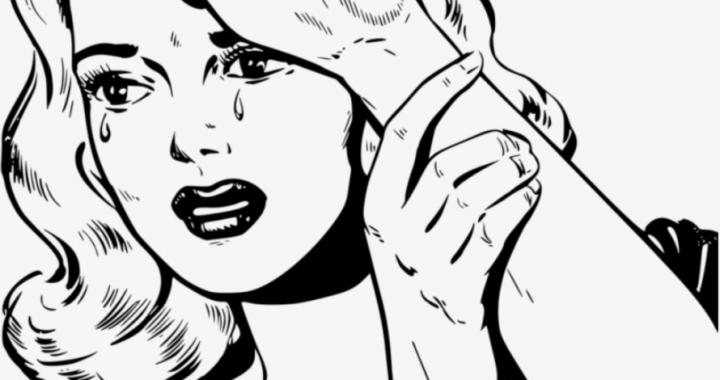The next book on my journey is called Hooked. The book, written by author and professor Les Edgerton, takes an 11-chapter look at the craft of writing beginnings. The opening sentence, like the opening paragraph or opening scene, must convince the reader to continue reading. It’s pretty self-evident — given readers generally start on page one, as well as quit on page two if the book doesn’t hook them. But Edgerton (shall we call him Mr Ed?) raises the stakes when he targets his book at unpublished authors. Their primary readers clearly being agents, some of the most overburdened readers out there.
If you haven’t convinced a single publisher to take your fiction, this book promises to be for you. (Me!) Is it any wonder that a book dedicating 259 pages to crafting good introductions will have a Foreword, an Introduction, and a Chapter 1? In other words, multiple beginnings?
Those sections I read just now, almost with a smirk, wondering “Will this book just begin already?” And after having read all the beginnings, though, I feel a reflection is in order.
. . .
This book would make Simon Senik, author of Start with Why, very proud. It begins with the ethical appeal of the author, via a statement by the editor. So ok, master craftsman here. Then it goes on to, in my opinion, pander to the audience a little. “This book is for you, unpublished one.” (Where previously, in the dedication, us squires had our shoulders tapped by the sword.) I didn’t know whether it was pure ingratiating, or a simple “I’ve been there too” message” at first. But when I decided to give the author some credit, something strange happened.
I made the connection. “Beginnings are important” became “I myself am beginning.” Then the old “We are stories” light went off in my head. We already know that a character begins his story dissatisfied, jostled by some greater force, pushed outside his comfort zone — where he must strike forward the rest of the novel, towards a recalibration, a realignment, or an enlightenment — until the very end when balance is restored, even slightly better than before. Beginning, middle, end. Or as Jordan Peterson puts it: “How things are, Tooling, How things ought to be.”
So ok, master walking here. The beginning of this book suggests we are ourselves in an unsatisfied position. (Why won’t someone publish me?) It charts a course of action. (Master the story hook.) Then concludes the beginning with a promise. (If you do this, you will be published.) “There’s only one way to find out.” (The sentence you want all your readers to think.)
. . .
Worth mentioning is how the book disparages “writing exercises.” Those, according to Mr Ed, focus too much on the pieces of a story, rather than the story as a whole. The old “trees for the forest” problem. Much better, says the author, is to consider the entire story — to make it fit into the beginning. It’s a beautiful idea, actually. And something I’ve always believed myself about beginnings. That the promise of human life is contained within the first breathes of a new born baby. That an entire story is contained within the presentation of the hero’s problem, needs, and goal. The rest of the story becomes a hunt for that goal, a continuous retooling to achieve it, and, if the goal was incorrect, the proper consequence followed by a re-goaling. Until the end.
Another reason I mention this attack on exercises is because this semester of plot has been hitherto littered in exercises, not to mention this entire blog. I see myself more of a Bruce Lee kind of guy, peeling away at old versions of myself with each exercise, getting stronger and stronger. But maybe, for this book, I’ll take a different approach. Not the “read a chapter, write a story” kind of thing. But more of a wholistic, “let’s reflect on the big picture” kind of thing.
. . .
For example, I appreciate Mr Ed reviewing what a story is, in explaining what a beginning should do. Just as much as I appreciate the single, one-off suggestions (common in the workshop to hear). If I were in a classroom with the prof during the first class of the semester with him, I would have noted this down: amateur writers tell their feelings and impressions of the scene in their mind — as opposed to describing the scene immediately.
Of course I thought about my first novel, TSA. Instead of just writing what I saw in my mind’s eye (two best friends smoking pot, Sunday night, hating the fact that they have to pass finals the next day) I did just what Mr Ed says all beginners do. I put language to work on how I felt in watching that scene. Jesus. It’s a step removed. It’s a xerox of a xerox. Or maybe not. But look, I don’t know how far people got with the book. Yet, because I don’t know (actually, precisely because I have so little feedback) I assume folks didn’t get past the first page — not with any ganas anyway.
Or, imagine this: you are sitting in a classroom, when suddenly a student drenched in sweat and blood screams: “I’M SCARED!” All of you in the classroom would think “wtf?” and feel seriously confused. Instead, taking from Mr Ed’s advice of describing what you see in your mind, rather than how you feel about it, imagine the sweaty bloody student runs in and shouts: “THERE’S A MAN WITH A GUN!” Wouldn’t that get everyone to put their pencils down real fast?
I suppose opening pages should be as gruesome and nerve-wreaking as hearing there’s a shooter outside the classroom. Arresting. WTFing indeed. It’s almost messed up, but that’s the standard. You want readers to completely forget the world outside, to fall in between the lines of the book, to think, “Yes, this has what I need” and to continue reading until the great big explosion in the sky. “Ah, that was just what I needed.”
. . .
There are other gems in the opening of the book about openings. Like how prologues and epilogues are rarely employed well; or how every scene must have a proactive agent seeking a goal; or how one main problem of writers is how we spend most of our real life avoiding pain and struggle, thus we create characters with the same aversions as us but never any of the nerve or guts necessary to confront those fears. NERVE AND GUTS are what readers need, and read for.
But all I’ll say here, in the end of the beginning, is I will reflect, jot a few interesting ideas in an effort to remember them — while knowing it is all be for show, unless I can put that ish to practice sooner or later.
Let’s.




